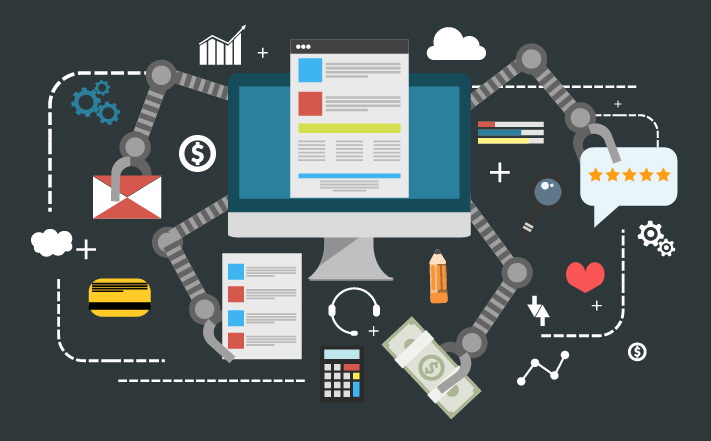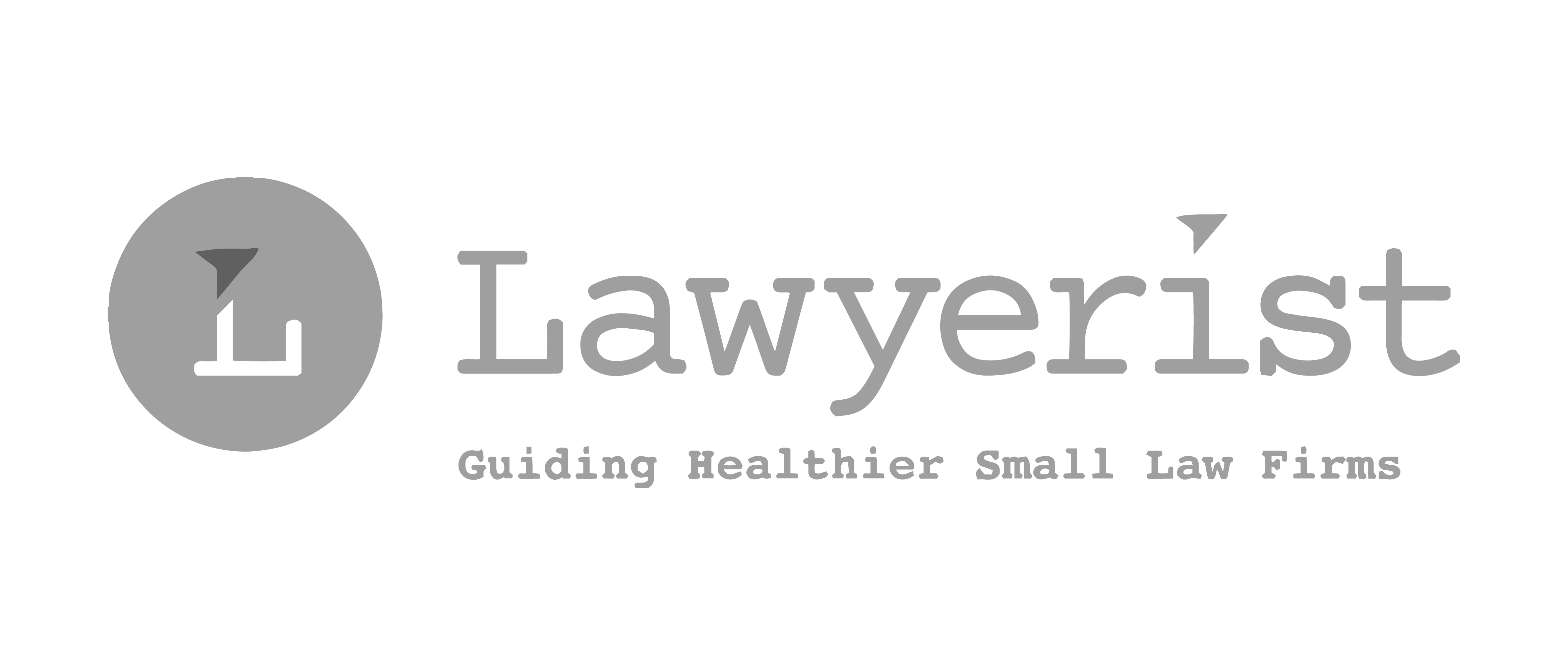Law Firm Automation – How to Simplify Your Practice

Is automating your law firm worth it? This is a question many people practicing law strive to answer. The truth is, law firm automation can significantly reduce the time lawyers spend on non-billable work.
In fact, McKinsey Global estimates that 23% of a lawyer’s job can be automated with existing technology. Moreover, given that revenue earned in law firms is mainly based on billable hours, reducing the time spent on non-billable hours will significantly increase productivity in a law firm.
In this guide, we’ll discuss the following:
- How automation and productivity go hand in hand
- How to know what to automate
- Areas you can automate in your law firm
How Law Firm Automation Contributes to Productivity
Law firm automation doesn’t mean eliminating human effort in legal practice. Instead, it means that lawyers will spend more of their time on activities that require their expertise rather than tedious tasks that can be automated.
Here are several ways in which automation increases productivity in a law firm:
- Assembles information in one location, reducing the need to search for the same information in multiple locations.
- Creates a better client experience when they interact with automated processes.
- Eliminates the chances of human error.
- Allows lawyers to spend more time on billable work and other revenue-producing tasks.
- Enhances communication between the firm’s staff and clients.
- Decreases staffing overhead costs and other fees related to the running of the law firm.
- Smaller firms or solo lawyers stay competitive without spending a lot of money on non-billable activities.
How Do You Know What To Automate In Your Law Firm?
The legal industry has been slow in embracing technology. Nevertheless, any law firm today that needs to stay competitive and relevant needs to embrace emerging technologies drastically reshaping the legal sector.
Below are ways to start the automation process in your law firm:
Keep Logs
Keep a log of your firm’s daily activities for one week to kick-start the automation process. The main idea here is to start slow as you create a simple yet effective routine.
Research Relevant Legal Tech
Research technology tools that may ease the administrative burden of each area of work. We’ll discuss more about this later.
Identify Areas of Improvement
Address each area of work with ideas for improved processes. For instance, suppose you spend a lot of time scheduling meetings or phone calls. In that case, you’ll need to develop ideas on automating this aspect to save on time.
Categorize Activities
Organize activities into areas of work. After keeping a log of your firm’s daily activities, the next important step is to categorize such activities.
Allocate Resources
Decide what kind of resources you’re willing to allocate to improve the areas you’ve identified. After assessing each tool, consider the cost of operation and the resources you’re willing to allocate to it. The resources may include:
- Time
- Manpower
- Capital
Set realistic goals for implementation, and assign each project an owner and a deadline. Delegation of duties will help you achieve automation quickly and provide you with peace of mind knowing that these tasks are being taken care of.
Areas You Can Easily Automate
There are many tedious day-to-day tasks that can be automated using technology. Below are some of the most easily automated areas within a law firm:
- Documents
- Checklists and Workflows
- Billing Procedures
- Other Repetitive Tasks
Document Generation
Document generation is one area that plays a huge part in law practices. Automating this sector will significantly save you a lot of time and reduce human error.
Here are ways to prepare for document generation in a law firm:
- Locate documents you repeatedly use, e.g., pleadings, collection letters, letters to clients, etc.
- Convert them into forms and save them in a central repository, providing easy access for your staff. This also helps identify documents that ought to be automated first.
- Establish a simple process to input client/contact information, such as developing a law firm intake form.
Some of the document assembly products you can use for automation include:
Checklists and Workflows
Every law firm has a checklist and workflow. Below are some tips to automate them in your law firm:
- Gather your paper checklists such as checkpoints, due dates, or reminders.
- Standardize data fields to make it easy to pull important data whenever necessary.
- Find a case management software to create calendar events, deadlines, and documents to be drafted.
- Use a workflow system that automatically updates information and keeps your clients updated on the progress.
Some of the legal tech tools you can use to automate checklists and workflows include:
- A case management software such as Rocket Matter.
- Rules-based calendaring software such as LawToolBox
- Microsoft Power Automate
- Zapier
Legal Billing
The use of machine learning and automation to perform tasks such as drafting invoices can increase law firm profits and reduce human-related inadvertent errors and inconsistencies. It can also help you get paid much faster. Law firms that utilize online legal billing can receive their funds in a few as 12 hours.
Consider optimizing your billing if:
- You spend a lot of time drafting your bills
- You need to prepare the law firm’s bill at the end of each month
- You use snail mail (postal services) to send out bills to clients
- There are instances where you’ve sent out an inaccurate invoice
- Some of your clients pay monthly retainer fees or flat fees
How to Automate and Optimize Your Billing
It’s advisable to use reputable legal practice management software or legal billing software to automatically send out bills to your clients without spending a lot of time drafting the bills. Think about all the time you’ll save if you no longer have to print invoices, stuff and stamp envelopes, and wait for payment to arrive in the mail.
Legal practice management software can help automate your billing by allowing you to:
- Create bills in batches, also known as batch billing
- Run all your invoices at once
- Bill as you work
- Prepare payment plans
- Prepare automated recurring bills
- Implement online email invoice sharing and payment processing
Other Repetitive Tasks
Even though law firm automation doesn’t eliminate human impact, it streamlines menial and repetitive tasks such as:
- Scheduling- Acuity Scheduling and Calendly are great tools for scheduling at a law firm.
- Texting and typing- Phrase Express and TextExpander are excellent popular automation softwares you can use to streamline texting and typing communications in your law firm.
- Proofreading and Editing- Grammarly and PerfectIt are both great options.
But that’s not all – there are tons of automation software in the legal industry worth utilizing. Additional examples include:
- Hazel– Automatically organize files on your computer based on rules you create
- Alfred– A Mac app that helps with hotkeys, keywords, and text expansion
- Boomerang– A Gmail extension that allows you to schedule emails and get reminders
- SaneBox– An A.I.-powered app that helps streamline your inbox
The Bottom Line on Law Firm Automation
Whether you’re an independent lawyer, law firm owner, or partner, automating your tasks is one of the best ways to stay productive but with minimal effort. However, given that there are tons of automation software for law firms out there, it’s always advisable to study your needs well in advance. This should help you find the best legal automation software that makes your life easier and increases your productivity.
Share post:








